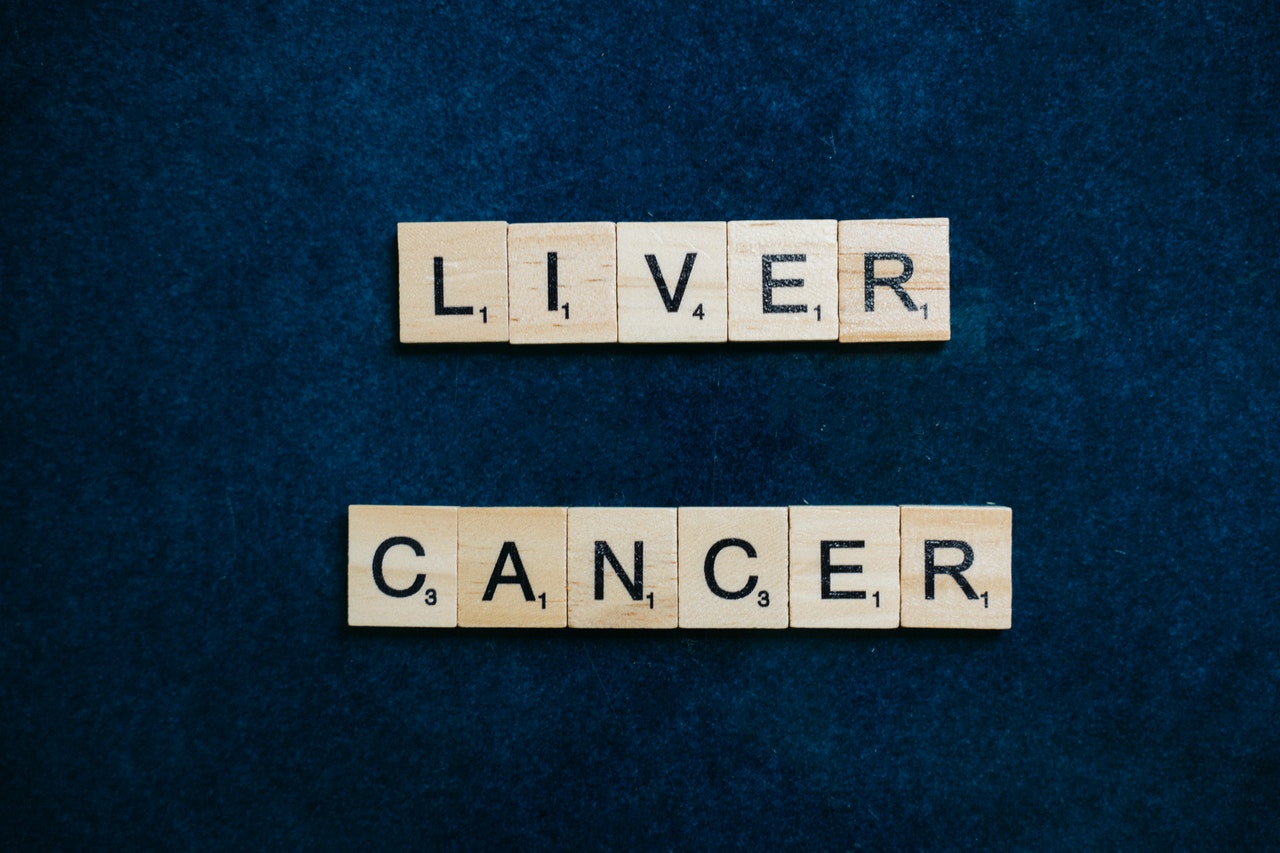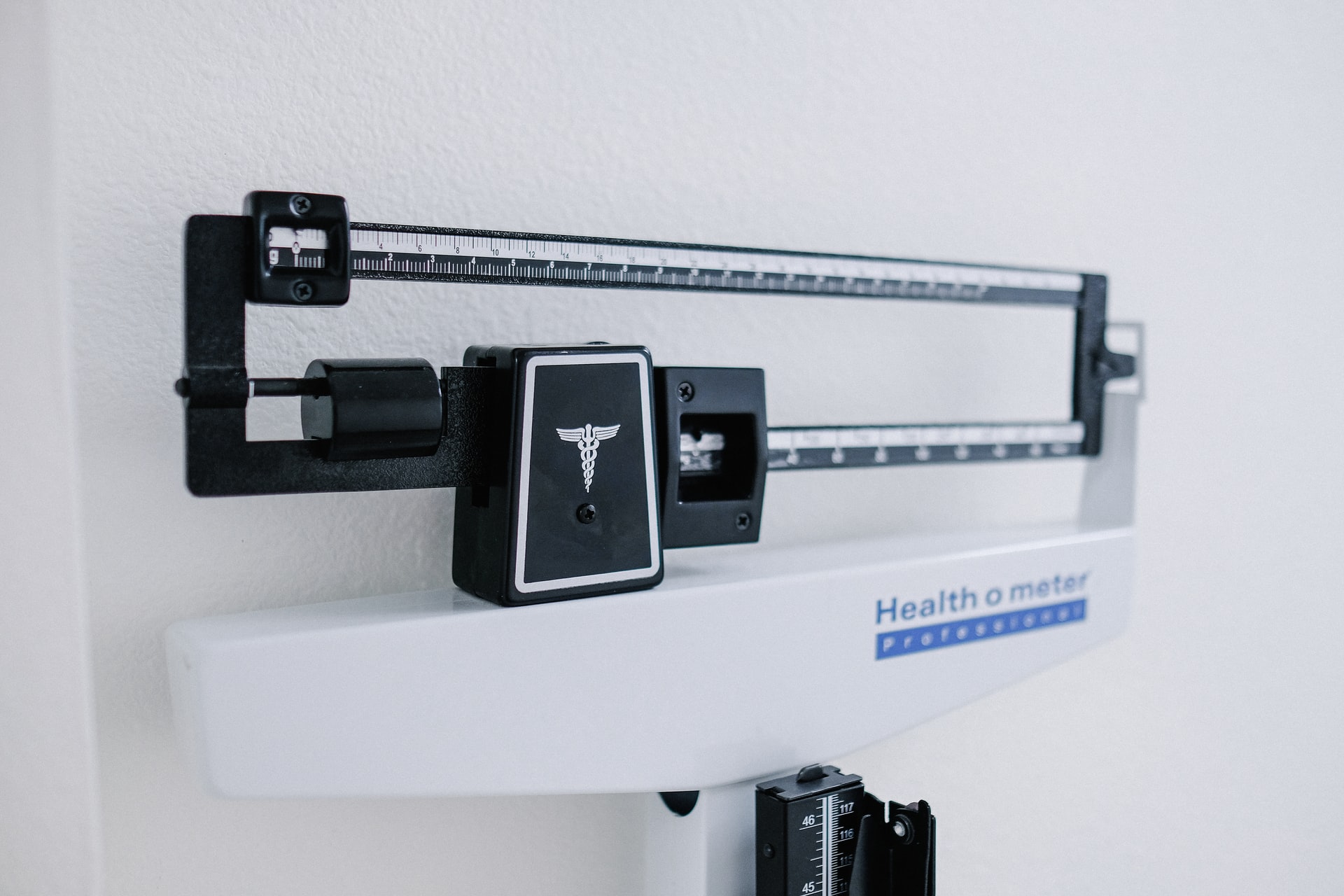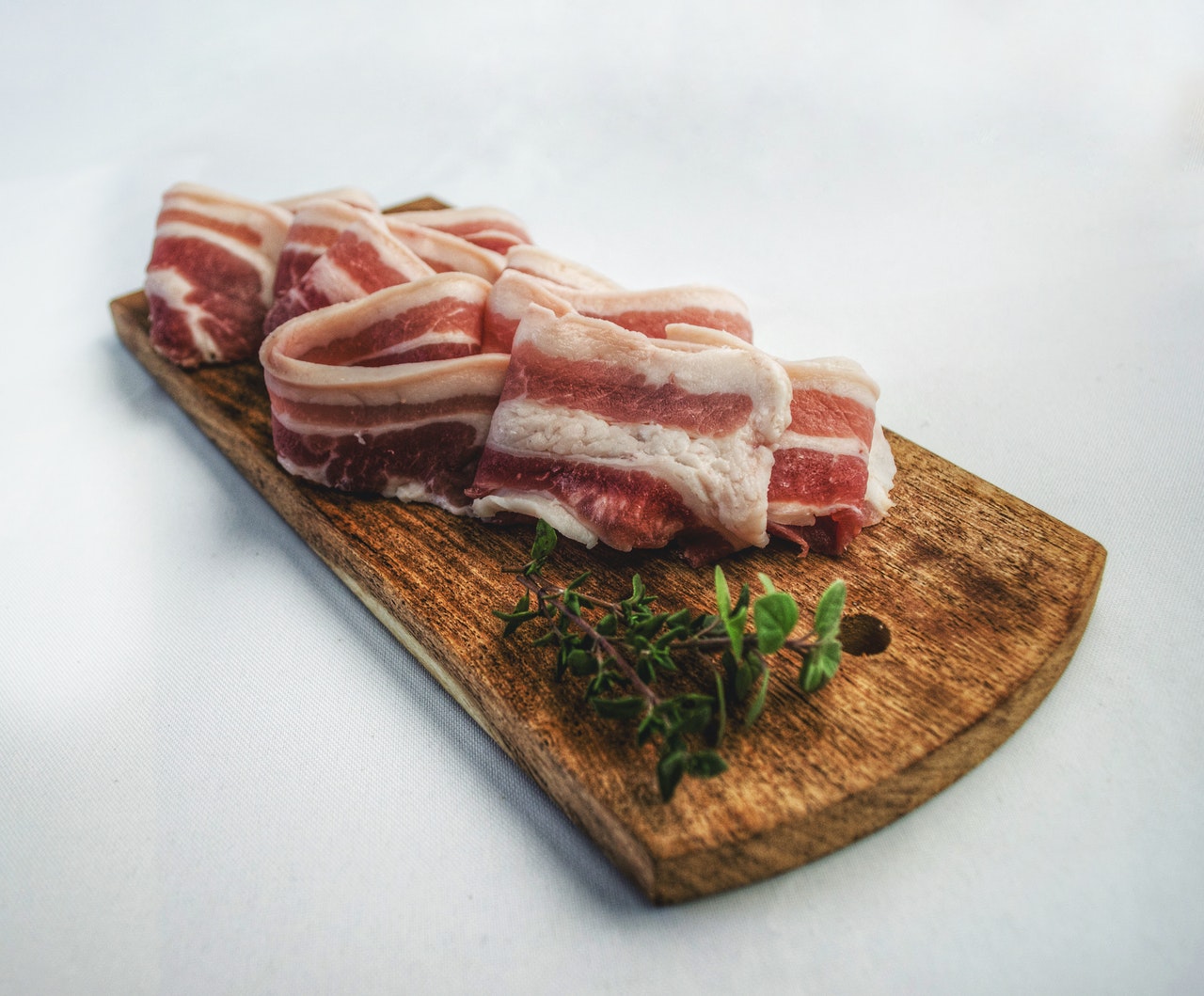Overweight and obesity are not just a cosmetic concern. It increases your risk of diseases and health problems, such as heart disease, diabetes, high blood pressure and high cholesterol.
The good news is that even modest weight loss can improve or prevent the health problems associated with overweight and obesity. Asian adult should try to keep their Body Mass Index (BMI) between 18.5 to 23 kg/m2. You can calculate your BMI by dividing your body weight (in Kilogram) by the square of your body height (in meter)

How to lose weight?
- Follow the DASH diet
- Follow the WHO Exercise Recommendation
- Talk to your family doctor if you are suitable for weight loss medication and surgery
1. DASH diet: What to eat
DASH (Dietary Approaches to Stop Hypertension) diet is a healthy way of eating. It is proven not only to lower blood pressure but also help with weight loss, diabetes and high cholesterol thus helping in preventing heart disease and stroke.
DASH diet include lots of whole grains, fruits, vegetables and low-fat dairy products. It also includes some fish, poultry, and encourages a small amount of nuts and seeds a few times a week.
You can eat red meat, sweets and fats in small amounts. The DASH diet is low in saturated fat, cholesterol and total fat.
Average daily calorie requirements for women is about 2000 Kcal and men about 2400. The calorie needed depends on a person activity level as well. The more active you are the more calorie you may require.
Below are example of servings from each food group for the 2,000 to 2400 calorie-a-day diet.
Grains: 6 to 8 servings a day
Grains include bread, cereal, rice and pasta. Examples of one serving of grains include 1 slice whole-wheat bread, 1 ounce dry cereal, or 1/2 cup cooked cereal, rice or pasta.
· Choose whole grains because they have more fiber and nutrients than refined grains. For example, use brown rice instead of white rice, whole-wheat pasta instead of regular pasta and whole-grain bread instead of white bread.
Vegetables: 4 to 5 servings a day
Chinese cabbage (bok choy), Chinese broccoli (kai-lan), tomatoes, carrots, greens and other vegetables are full of fiber, vitamins, and such minerals as potassium and magnesium. Examples of one serving include 1 cup raw leafy green vegetables or 1/2 cup cut-up raw or cooked vegetables.
· Fresh and frozen vegetables are both good choices.
Fruits: 4 to 5 servings a day
Like vegetables, they’re packed with fiber, potassium and magnesium and are typically low in fat — coconuts are an exception. Examples of one serving include one medium fruit, 1/2 cup fresh, frozen or canned fruit, or 120mls of juice.
· Remember that citrus fruits and juices, such as grapefruit, can interact with certain medications, so check with your doctor or pharmacist to see if they’re OK for you.
· If you choose canned fruit or juice, make sure no sugar is added.
Dairy: 2 to 3 servings a day
Milk, yogurt, cheese and other dairy products are major sources of calcium, vitamin D and protein. But be sure to choose dairy products that are low fat or fat free. Examples of one serving include 1 cup skim or 1 percent milk or 1 cup low fat yogurt.
· If you have lactose intolerance , choose lactose-free products
· Cheeses are typically high in sodium, so take in moderation.
Lean meat, poultry and fish: 6 servings or fewer a day
Meat can be a rich source of protein, B vitamins, iron and zinc. Choose lean meat and aim for no more than 170mls a day.
· Eat heart-healthy fish, such as salmon, herring and tuna. These types of fish are high in omega-3 fatty acids.
· Cut away skin and fat from then try baking, grilling or roasting instead of frying in fat or oil.
Nuts and seeds: 4 to 5 servings a week
Almonds, sunflower seeds, kidney beans, peas and lentils are good sources of magnesium, potassium and protein. Serving sizes are small and are intended to be consumed only a few times a week because these foods are high in calories. Examples of one serving include 1/3 cup nuts, 2 tablespoons seeds, or 1/2 cup cooked beans or peas.
· Soybean-based products, such as tofu and tempeh, can be a good alternative to meat because they contain all of the amino acids your body needs to make a complete protein.
Fats and oils: 2 to 3 servings a day
Fat helps your body absorb essential vitamins and helps your body’s immune system. But too much fat increases your risk of heart disease, diabetes and obesity. The DASH diet strives for a healthy balance by limiting total fat to less than 30 percent of daily calories from fat, with a focus on the healthier monounsaturated fats.
Examples of one serving include 1 teaspoon soft margarine, 1 tablespoon mayonnaise or 2 tablespoons salad dressing.
· Butter, meat, cheese, whole milk, cream and eggs along with foods made from lard, solid shortenings, and palm and coconut oils has saturated fat that increases your risk of heart disease and stroke. DASH helps keep your daily saturated fat to less than 6 percent of your total calories by limiting use of
· Avoid processed foods as crackers, baked goods and fried items which has high trans fat.
Sweets: 5 servings or fewer a week
You don’t have to totally stop sweets entirely, just go easy on them. Examples of one serving include 1 tablespoon sugar, jelly or jam, 1/2 cup sorbet, or 1 cup lemonade.
· When you eat sweets, choose those that are fat-free or low-fat, such as sorbets, fruit ices, jelly beans or low-fat cookies.
· It’s OK to swap a diet cola for a regular cola and artificial sweeteners for the normal sugar but we still must take them sensibly.
· Cut back on added sugar.
Salts: To limit to less than 2,300 mg a day
Too much salt cause water retention and contribute to high blood pressure. It is recommended to keep daily sodium intake to less than 2,300 mg a day. Some group of people might need even lower intake.
2. World Health Organization exercise guidelines
- Adults should target to do at least 150 minutes of moderate-intensity aerobic physical activity a week.
- If the intensity of the aerobic exercise is vigorous, the duration can be halved (75 minutes).
- Total exercise time can be split in 10-minute increments.
- In addition to 150 minutes of moderate exercise per week, muscle-strengthening exercises should also be performed at least twice a week.
- These exercise guidelines are meant for health maintenance and general disease prevention. For optimal weight loss, you would need to go beyond the 150 minutes of moderate-intensity exercise per week. When it comes to losing weight, experts recommend targeting 250 minutes of such moderate-intensity exercise.
Moderate aerobic exercise includes activities such as brisk walking, swimming and mowing the lawn.
Vigorous aerobic exercise includes activities such as running and aerobic dancing.
Strength training can include use of weight machines, your own body weight, resistance tubing, resistance paddles in the water, or activities such as rock climbing.
As a general goal, aim for at least 30 minutes of physical activity every day. But even brief bouts of activity offer benefits. For instance, if you can’t fit in one 30-minute walk, try three 10-minute walks instead.
3.Diet pills and surgery
Diet pills and surgery when combined with a healthy diet and physical activity can help with weight loss. But diet pills and surgery are not for everyone.
Talk with your doctor about whether diet pills or surgery could help you lose weight. Your doctor will also counsel you about the lifestyle changes you’ll need to make to be successful over the long term.
Although you can find diet pills and supplements at the pharmacy, supermarket and online, none has been proved effective. Infect some can dangerous. Talk with your doctor before taking any diet pills or supplements.
Dr Lee Chong Han
(Resources:Mayo Clinic and WHO)




